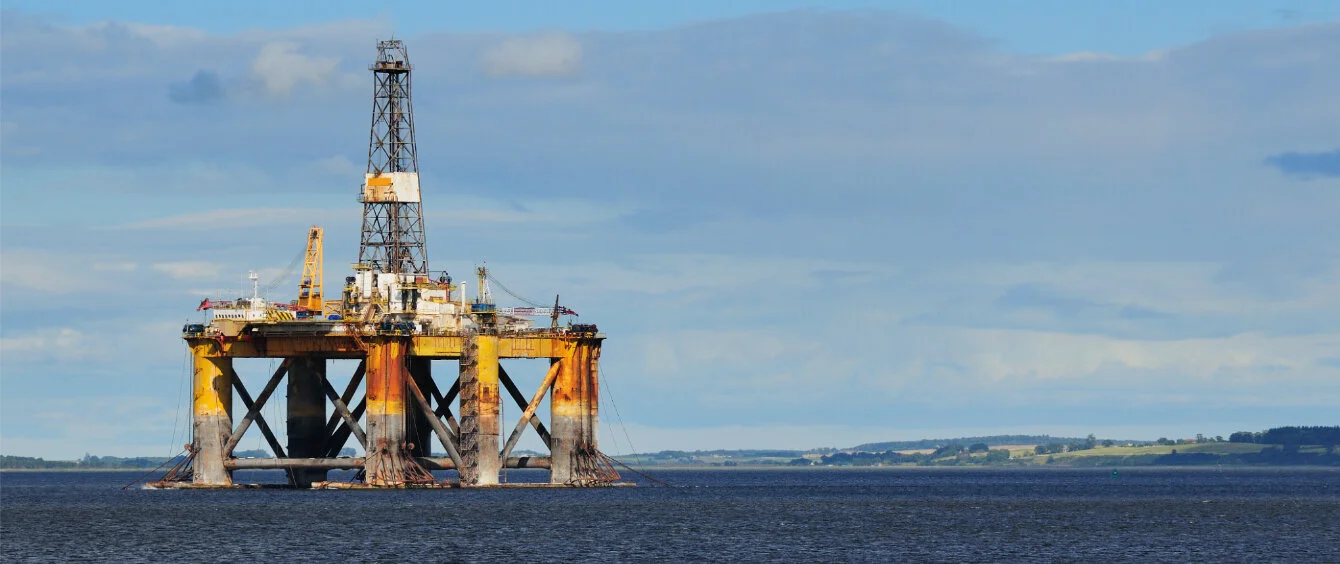
Drained oil and gas fields as well as geological settings such as saline aquifers could provide excellent impervious reservoirs deep under the seabed. Also, existing pipelines and related offshore infrastructure may be converted for carbon dioxide transport, lowering investment costs.
© Eseniy, shutterstock.com
Carbon Capture, Utilisation and Storage (CCUS) technologies have been identified by the International Energy Agency (IEA) as playing an important role in meeting net zero carbon targets. The agency estimates that 1.7 billion tons of CO2 capture capacity needs to be deployed worldwide by 2030 to align with its Net Zero by 2050 scenario.
As of 2021, there was just 40 million tons of CO2 capture capacity globally across the power generation and industrial sectors.
However, momentum is picking up. According to the IEA, the number of new early-stage CCUS projects jumped last year to 97, from 38 in 2020, while the number in a stage of advanced development rose to 66, up from 21.
Storage sites
The UK is at the forefront of this movement and has a surfeit of potential sites offshore for carbon storage, owing in large part to the development of North Sea oil and gas.
Depleted oil and gas fields and other geological features, such as saline aquifers, can make ideal impermeable storage sites deep below the seabed. There is also the possibility that existing pipelines and other offshore infrastructure can be repurposed to carry CO2, reducing investment costs.
In Europe, 300 gigatons of CO2 (GtCO2) storage capacity has been identified with a high level of confidence, falling to 134 GtCO2, when restrictions on carbon storage introduced by a number of countries are taken into account.
However, this is still ample – enough for 446 years of storage based on a rate of 300 million mt/yr, according to the report The Potential for CCS and CCU in Europe, published in 2019 by the International Association of Oil and Gas Producers. The majority of this potential, 80 GtCO2, is in the UK, 78 GtCO2 of which lies in the UK continental shelf.
UK licensing round
The UK government has set a target of four operational CCS clusters capturing 20-30 million mt/yr of CO2 by 2030. These combined could reach maximum storage of 40 million mt/yr by the mid-2030s.
However, they would only provide 20% of the CCS capacity required for net zero carbon by 2050. The government estimates that up to 100 CCS sites will be needed.
To push storage opportunities forward, in June, the UK’s North Sea Transition Authority initiated its first ever carbon storage licensing round, offering 13 areas of potential interest. The sites cover areas off Scotland and the east coast of the UK in the Northern, Central and Southern North Sea, as well as on the west coast in the East Irish Sea.
The sites combine conducive geological formations, existing infrastructure and proximity to industrial areas, where companies are looking to CCUS as a means of decarbonisation.
The application window closes on September 13 and awards are expected to be made in early 2023 once the bids have been evaluated. Storage is expected to start four to six years afterwards. Projects will also require a separate license from the Crown Estate or Crown Estate Scotland, depending on their location.
CCS development
The government intends to support CCS through a business model which ensures reasonable regulated returns on investments over the long term based on integrated transport and storage companies (T&SCos). These companies will be responsible for the development, construction, financing, operation and decommissioning of the transport and storage network.
Capital support provided by the government’s CCS Infrastructure Fund will be available to projects during the construction phase.
To date, six CCS licenses have been issued in the UK, including for the Acorn CCS project, the Harbour Energy V Net Zero project and the Liverpool Bay Area project.
Licensing rounds provide the opportunity for development of a wider range of projects like the South Wales Industrial Cluster (SWIC) in which RWE is a partner. SWIC covers a broad range of industries such as energy, oil refining, paper, metals, chemicals, cement and LNG imports. Among the many innovative decarbonisation projects being considered, CCS in the East Irish Sea is one potential option for large-scale decarbonisation of the region’s industries.